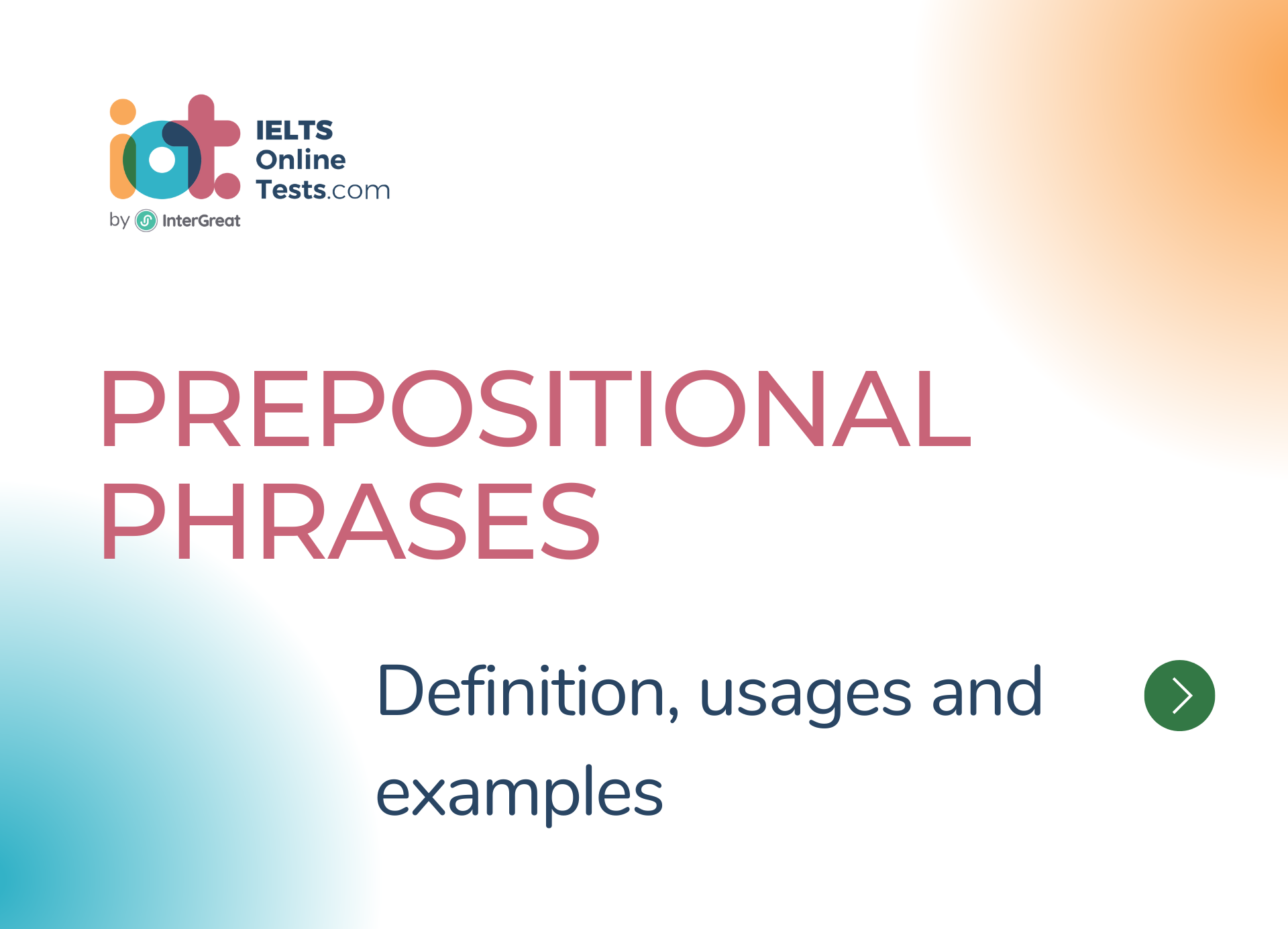
Prepositional Phrases
A prepositional phrase is a group of words that consists of a preposition, its object, and any modifiers that describe the object. Prepositional phrases function as a single unit within a sentence and provide additional information about location, time, direction, manner, or other relationships.
Here are some key points about prepositional phrases:
Structure: A prepositional phrase consists of:
- A preposition: a word that indicates the relationship between the object and other elements in the sentence.
- An object: a noun, pronoun, or noun phrase that receives the action or shows the relationship.
- Modifiers: words that provide additional description or details about the object.
Examples: Prepositional phrases can take various forms and provide different types of information. Here are some examples:
- "In the park": The preposition "in" shows the location, and "the park" is the object.
- "With a smile": The preposition "with" indicates manner, and "a smile" is the object.
- "At 9 a.m.": The preposition "at" indicates time, and "9 a.m." is the object.
- "To the store": The preposition "to" shows direction, and "the store" is the object.
Function: Prepositional phrases function as adverbial or adjectival phrases within a sentence. They can modify verbs, adjectives, or adverbs, providing additional details or describing relationships. For example:
- "He ran in the park." (modifies the verb "ran" to show where he ran)
- "The book on the table is mine." (modifies the adjective "book" to show its location)
- "She spoke with confidence." (modifies the adverb "spoke" to show how she spoke)
Placement: Prepositional phrases can occur at the beginning, middle, or end of a sentence, depending on the intended emphasis and clarity. However, they typically come after the verb or object they modify.
Common Prepositions: Prepositional phrases are formed using various prepositions, such as "in," "on," "at," "with," "to," "from," "about," "for," "through," "among," and many others.
Prepositional phrases add detail, context, and specificity to sentences by providing information about location, time, manner, or other relationships. Understanding their structure and usage will help you construct grammatically correct and meaningful sentences in your writing and communication.




